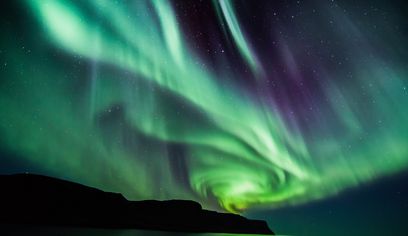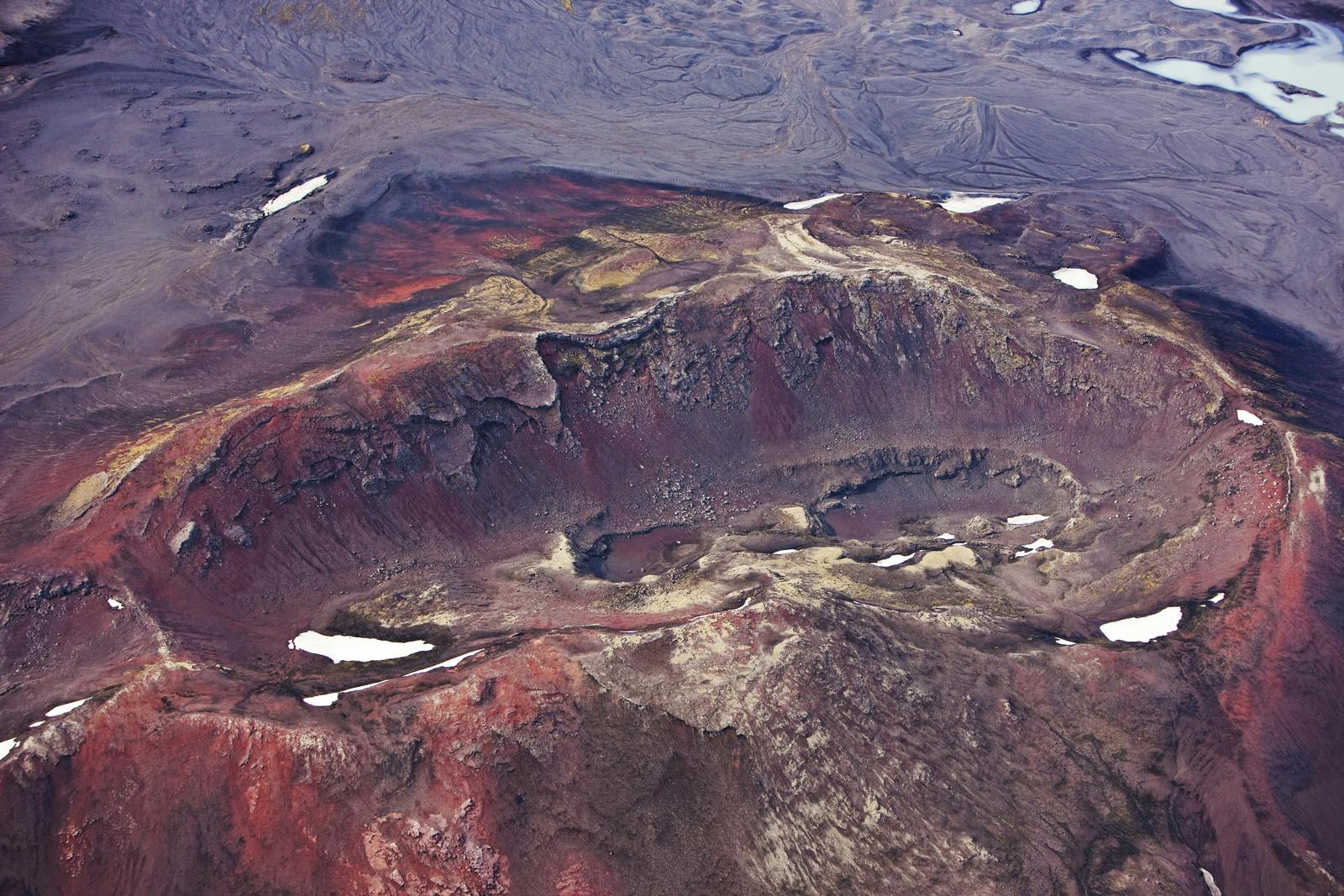
Iceland’s Laki Volcano Was the Eruption That Shook the World
In 1783, a volcanic eruption in Iceland altered the climate across the Northern Hemisphere. Laki (or Lakagígar), a massive volcanic fissure, didn’t just scar Iceland’s landscape — it sent shockwaves through Europe, North America, and beyond.
The Eruption That Changed How We Think About Volcanoes
Laki’s eruption has revealed how volcanic activity can have global consequences. It has been shown that a single event in an isolated region can reshape weather patterns, damage economies, and possibly even spark social and political change.
Today, scientists study the Laki eruption to understand:
- How sulfur-rich eruptions can cool the planet
- The health effects of volcanic air pollution
- The links between natural disasters and civil unrest
Laki remains one of the most powerful case studies of how Earth’s forces can change history.
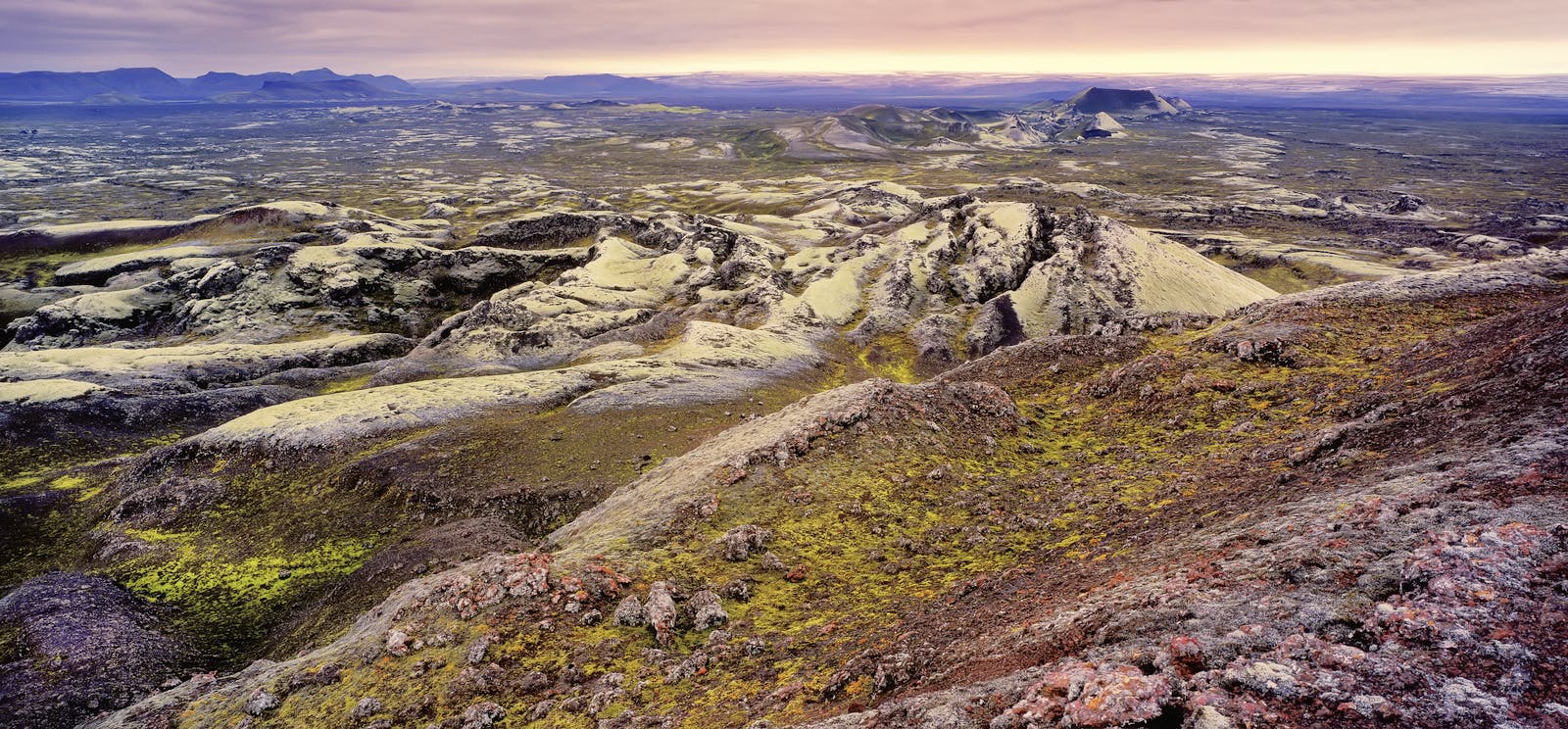
The 1783–1784 Eruption
On June 8, 1783, a 27-kilometer (17-mile) volcanic fissure tore open in Iceland’s central highlands. For eight months, it spilled molten basalt and released towering columns of sulfur dioxide gas into the sky.
Unlike a single peak erupting, Laki opened along a line of vents. The lava flowed over 560 square kilometers (216 square miles). It destroyed farms, poisoned fields, and released toxic fluorine that killed more than half of Iceland’s livestock.
In total, the eruption released around 14.7 cubic kilometers (3.5 cubic miles) of lava and enormous clouds of gas that reached the upper atmosphere. The effects would be felt across the globe.
Beyond Iceland: A Global Disaster
The gases from Laki drifted into Europe, creating a “dry fog” that dimmed the sun and damaged crops. This sulfur-rich haze caused acid rain, respiratory illness, and reduced harvests for months.
The consequences for Iceland, known as the Haze Hardships (Móðuharðindi), were disastrous; over 9,000 people (nearly a quarter of the population) died in the aftermath, mostly from famine and livestock loss.
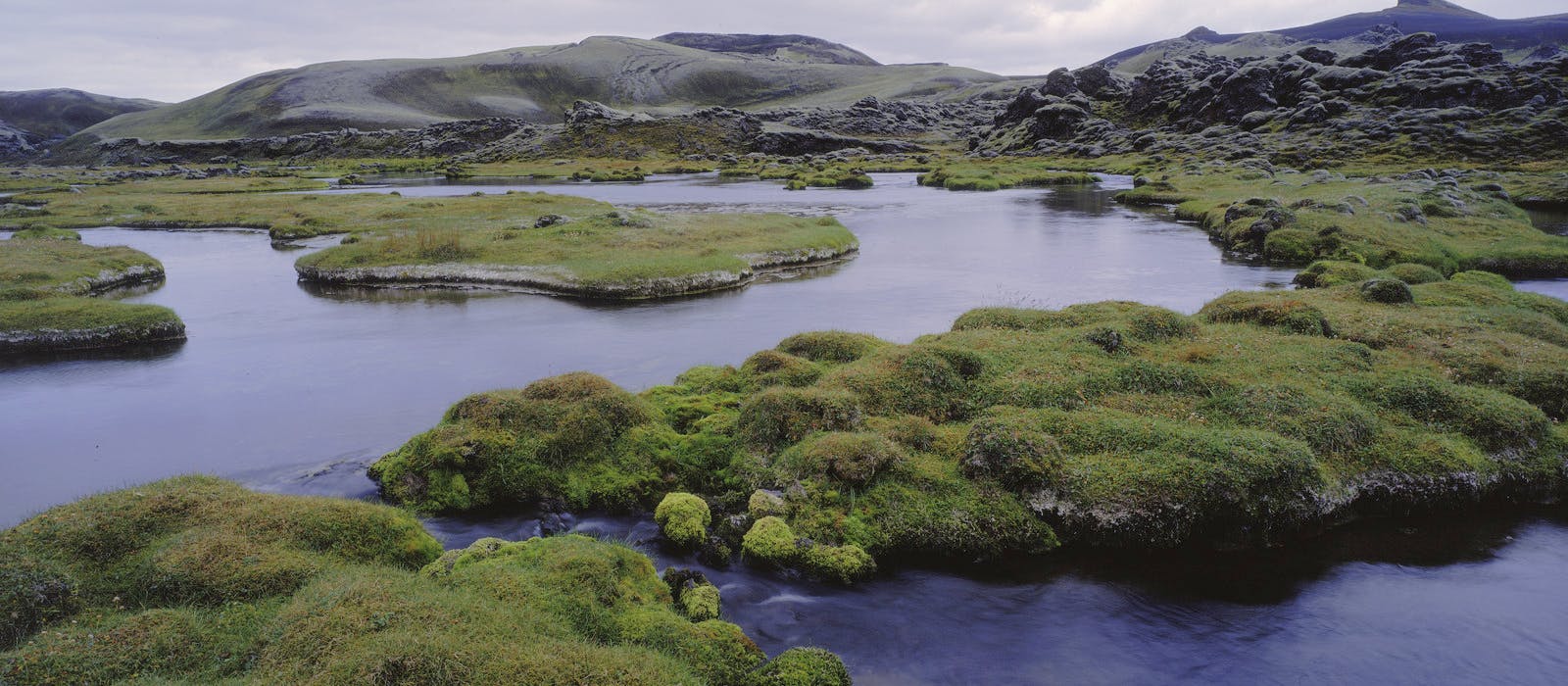
In Europe, the haze killed thousands more. In Britain and France, poor air quality and food shortages led to deaths and unrest.
In North America, the winter of 1784 was unusually harsh. George Washington noted strange weather in his diary. Rivers froze farther south than usual.
In North Africa, drought followed shifting weather patterns caused by atmospheric cooling.
In France, years of food instability after the eruption contributed to political tensions. Some historians believe Laki helped set the stage for the French Revolution.
Laki's impact was long-lasting and widespread. The world cooled by more than 1°C in some places. Crops failed, economies faltered, and millions suffered — all from one eruption.
Lakagígar (Laki Craters)
The eruption left behind a chain of over 130 craters, stretching across the highlands like a scar. These are known as Lakagígar — “the Laki craters.”
Today, this haunting landscape can be visited, but it remains remote. Reaching it requires a sturdy 4x4 vehicle, as gravel roads and river crossings lead deep into the central highlands. Marked trails guide hikers through the fissure zone, past solidified lava flows, and quiet, gaping vents.
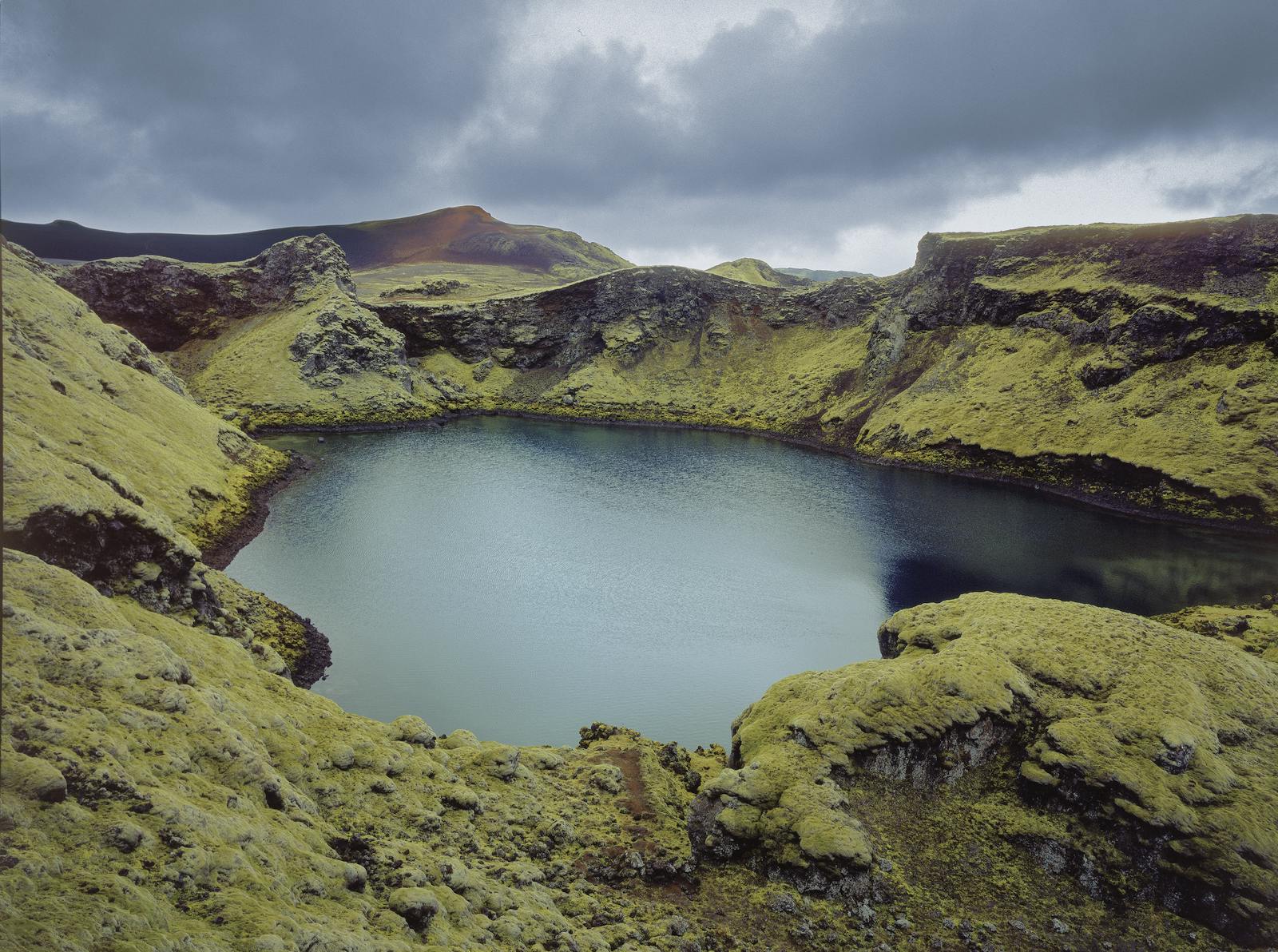
Standing in this raw terrain, you feel the enormity of the forces that once erupted here. The craters are not just scars — they are windows into one of the world’s most powerful natural events.
Nature Reclaims the Lava Fields
The lava fields left by the eruption stretch for miles. Black, jagged rock once flowed like rivers — now it is coated in a thick, green moss. The contrast is striking. Mist drifts through the highlands, giving the area an almost dreamlike feel.
This region lies within Vatnajökull National Park, home to Europe’s largest glacier. Rivers fed by melting ice run through the volcanic plains. The ground itself still shifts, shaped by Iceland’s constant tectonic movement.
Plant life here is tough. Hardy mosses, tiny flowers, and lichens take root in volcanic soil. During the brief summer, birds like the golden plover and Arctic tern nest across the plains.
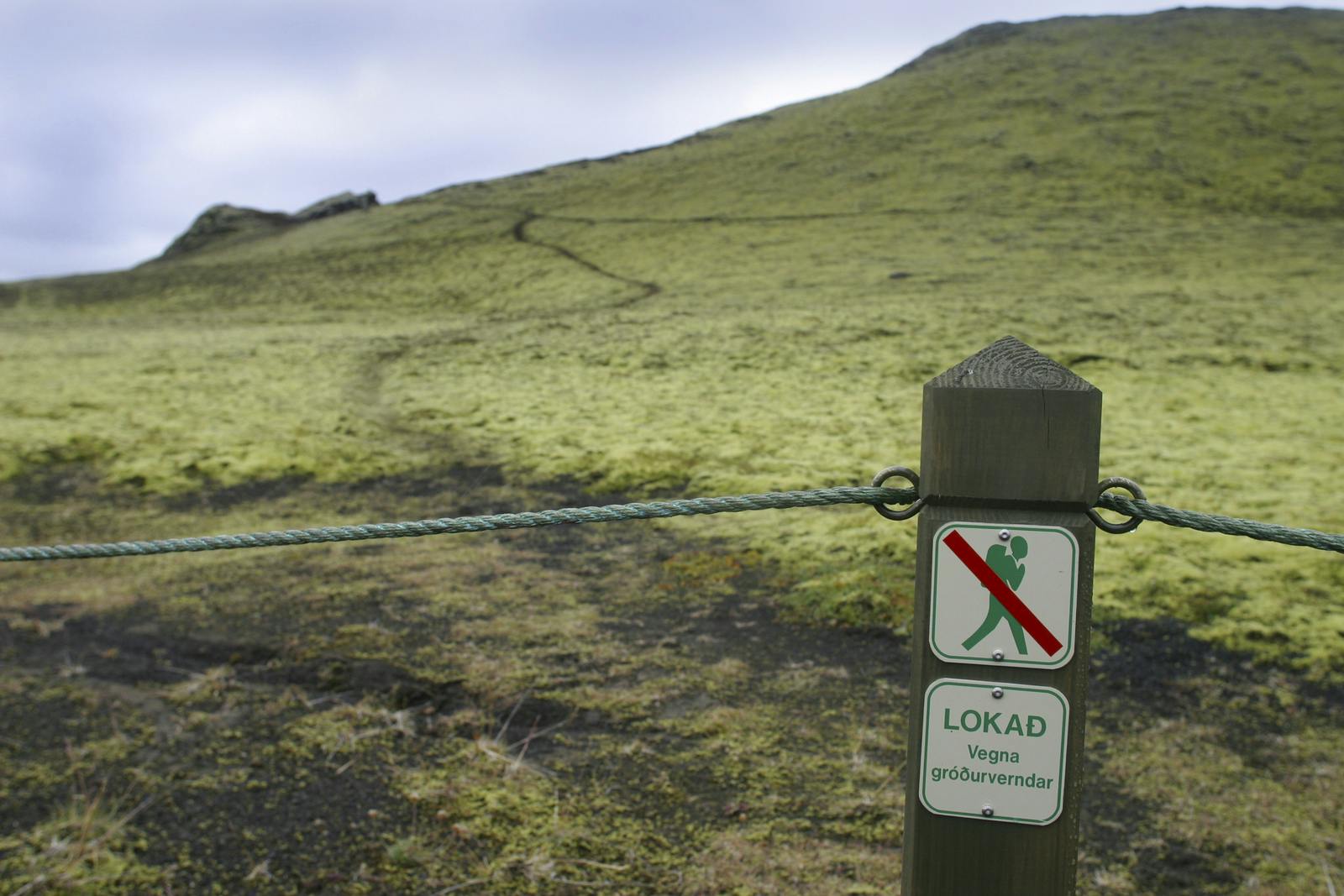
Visiting Laki Today
Marked hiking trails let visitors walk among the craters and climb to viewpoints with sweeping views. These trails reveal the dramatic story written in stone — the violence of fire, the passage of time, and nature’s quiet return.
Reaching Laki isn’t easy, but for those who do, the landscape feels like another planet. The silence, the colors, and the rawness make it one of the most unforgettable parts of Iceland’s highlands.
Learn More at Perlan
To understand how Iceland’s volcanoes shape both land and climate, visit Perlan in Reykjavík. Exhibits explain volcanic systems, geothermal energy, and past eruptions like Laki in a hands-on, visual way. It’s a great place to connect the land beneath your feet with the forces that have shaped the world.
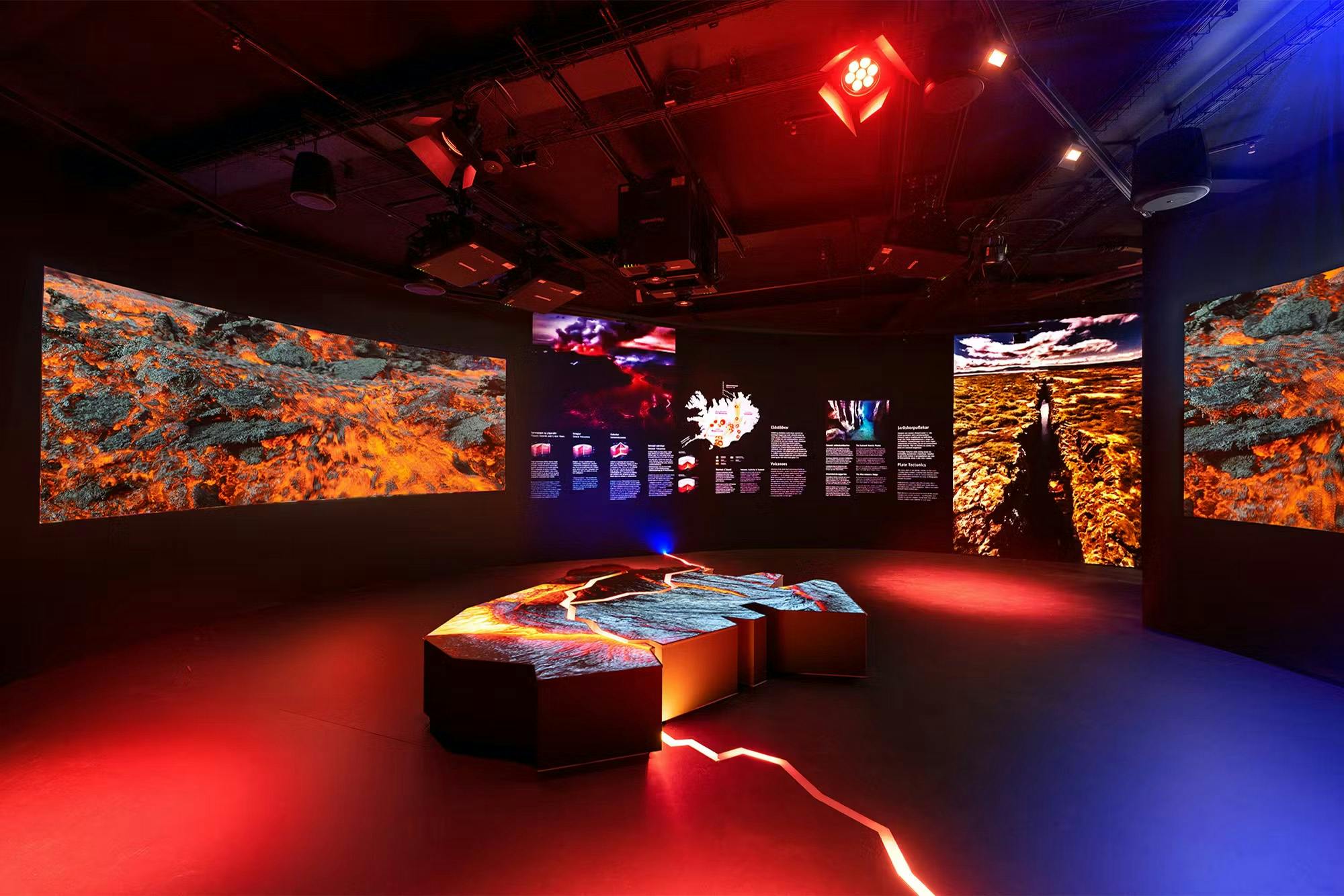
Frequently Asked Questions
What is the Laki volcano?
Laki is part of a volcanic fissure in Iceland’s central highlands that erupted in 1783, causing widespread lava flows and global climate effects.
How many people died in the Laki eruption?
Over 9,000 people in Iceland (20-25% of the population) died due to famine and fluorine poisoning. Thousands more were affected across Europe and beyond.
Is Laki volcano still active?
It is part of an active volcanic system, but there have been no eruptions since 1784. The Laki fissure is currently dormant, but it lies within an active volcanic zone, and future activity is possible.
Are there hiking trails around Laki?
Yes, marked trails guide you through the craters and lava fields, offering views of the volcanic landscape.
Was the Blue Lagoon affected by Laki?
No, the Blue Lagoon didn’t exist when Laki erupted in 1783. Plus, it sits on the Reykjanes Peninsula in a different volcanic system (Svartsengi), far from the Laki fissure in the central highlands.
What’s special about the moss on Laki’s lava fields?
The moss is part of Iceland’s natural recovery. It grows slowly and forms a thick green layer over the black rock, creating a surreal and beautiful landscape.
What caused the Laki eruption?
A volcanic fissure opened in the highlands, releasing lava and gas from multiple vents over eight months.
What are the Laki craters?
They are a chain of over 130 volcanic vents left by the eruption. You can visit them in Iceland’s highlands.
Did the Laki eruption cause the French Revolution?
It didn’t directly cause it, but the resulting crop failures and economic stress added to unrest in France.
